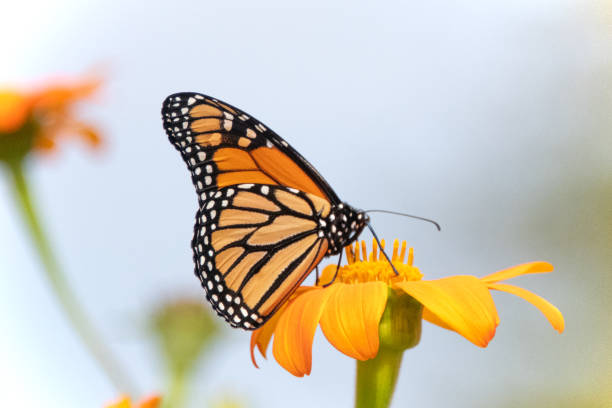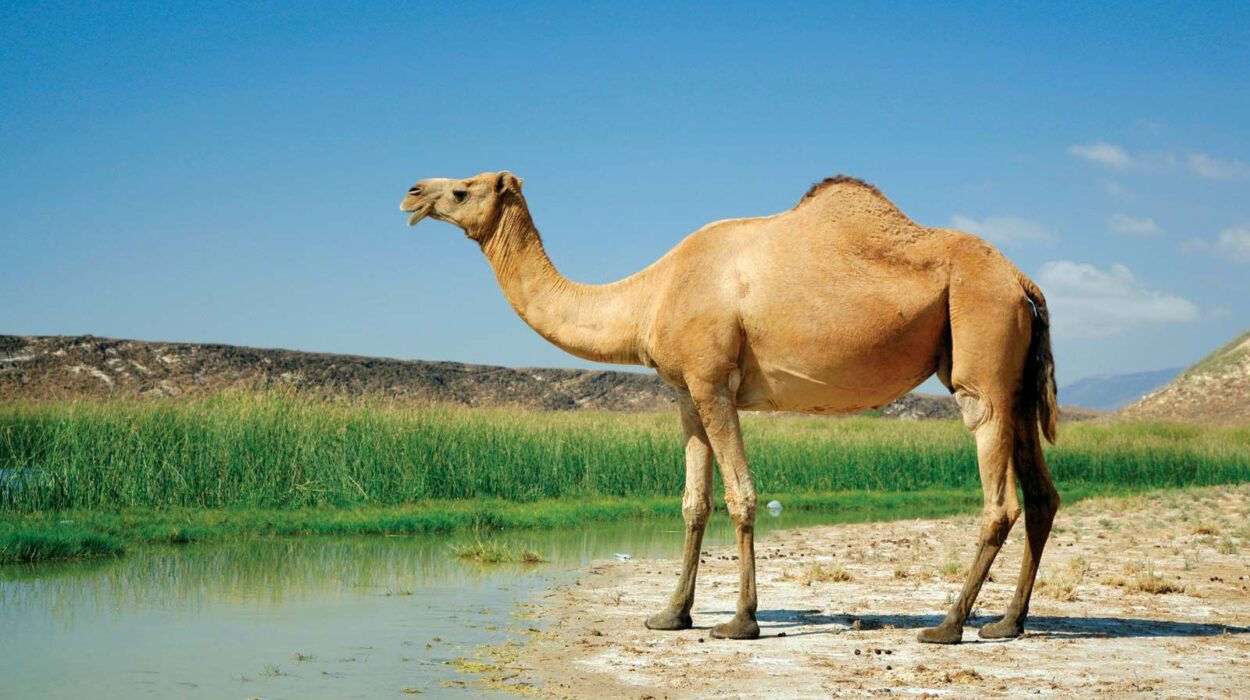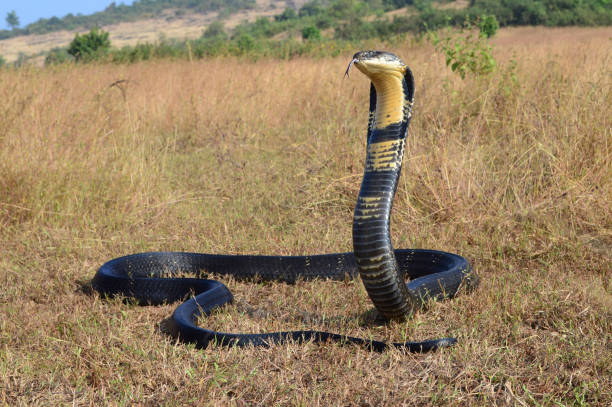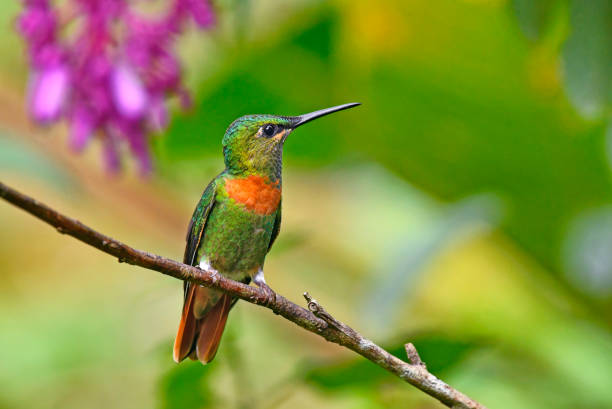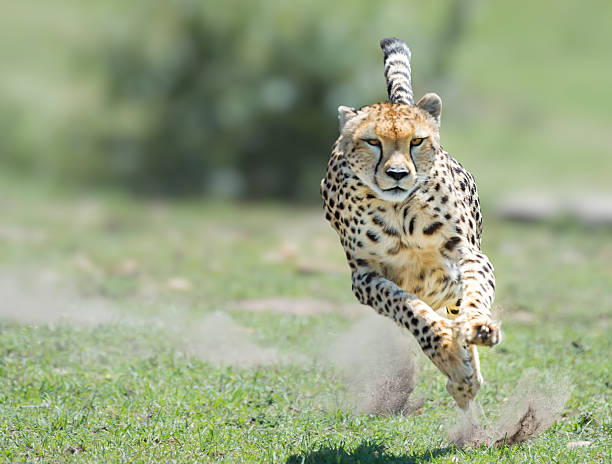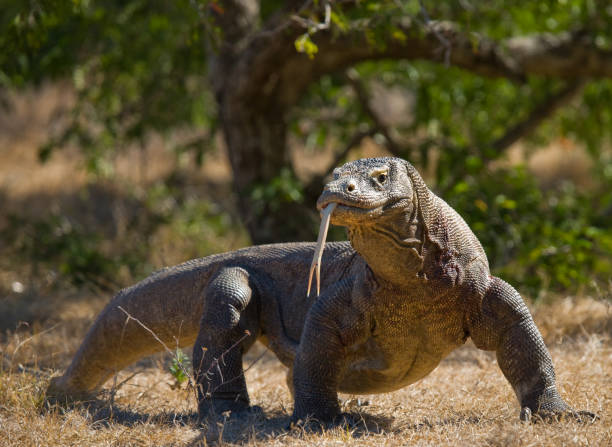Every year, across continents and oceans, billions of animals embark on extraordinary journeys—some flying halfway around the planet, others crossing entire oceans or trudging across frozen tundras. These migrations are not mere movements; they are the pulse of the planet, the timeless dance of survival choreographed by evolution itself.
Migration is one of nature’s most awe-inspiring spectacles. It’s driven by hunger, love, and the changing rhythm of the seasons. From the smallest butterfly to the mightiest whale, animals navigate unimaginable distances with precision that defies human understanding. They use the stars, the Earth’s magnetic field, and even the scent of the wind to guide them.
What follows are ten of the most breathtaking migration stories—journeys that span the globe and embody the power, endurance, and mystery of life itself.
1. The Monarch Butterfly – A Miracle in Motion
Few migrations capture the imagination quite like that of the Monarch butterfly. Every autumn, millions of these delicate creatures embark on a 3,000-mile journey from the northern United States and Canada to the forests of central Mexico. What makes this odyssey miraculous is that no single butterfly completes the entire round trip.
The Monarchs that leave the north in fall are part of a special “super generation.” They live up to eight months—far longer than the usual two weeks—and fly thousands of miles south to the oyamel fir forests of Michoacán. There, they cluster together by the millions, turning the trees into living tapestries of orange and black.
In spring, these butterflies mate, and their offspring begin the northward journey. It takes up to four generations to complete the cycle. Each new butterfly inherits an invisible compass, guiding it to places it has never been before.
Scientists still don’t fully understand how Monarchs navigate so precisely, but research suggests they use a combination of the sun’s position and an internal circadian clock. Whatever the mechanism, the Monarch migration remains one of the most poetic expressions of endurance in the animal kingdom—a fragile creature defying impossible odds.
2. The Arctic Tern – The Longest Journey on Earth
If any creature embodies the word “wanderer,” it’s the Arctic Tern. This small, graceful bird makes the longest known migration of any animal on the planet. Every year, it travels from its breeding grounds in the Arctic to its winter home in Antarctica—a round trip of nearly 25,000 miles.
In the span of a single year, an Arctic Tern experiences two summers and more daylight than any other being on Earth. Over a lifetime, these birds may fly the equivalent of three round trips to the Moon.
Their navigation skills are nothing short of astonishing. They follow complex routes that take advantage of global wind patterns, gliding effortlessly across oceans. Using the Earth’s magnetic field, the sun, and even polarized light patterns, they find their way with remarkable precision.
The Arctic Tern’s migration is not just about survival—it’s a celestial ballet, a life lived in endless pursuit of the sun. To watch one soar across the horizon is to witness pure freedom, written in feathers and sky.
3. The Wildebeest of the Serengeti – The Great Circle of Life
Every year, over a million wildebeests, accompanied by hundreds of thousands of zebras and gazelles, set out on one of the most dramatic migrations on Earth: the Great Migration of the Serengeti.
Their journey follows the rhythm of rain and grass, an endless cycle across the plains of Tanzania and Kenya. From December to March, the herds gather in the southern Serengeti, where the grass is lush and the calves are born. Then, as the dry season approaches, they begin moving northward in search of fresh grazing land.
The journey is perilous. Rivers like the Grumeti and Mara become deadly gauntlets filled with crocodiles waiting to strike. Lions and hyenas stalk the edges of the herd, preying on the weak and the young. Yet, the migration continues, driven by an ancient instinct stronger than fear.
This annual pilgrimage sustains the entire ecosystem of East Africa. It is both brutal and beautiful—a living testament to the resilience of life. The sound of a million hooves pounding the earth is not just noise; it is the heartbeat of the savanna.
4. The Humpback Whale – The Gentle Giant’s Voyage
From the icy waters of the Antarctic to the tropical lagoons of Hawaii and the Caribbean, humpback whales undertake one of the most majestic migrations in the ocean.
Each year, these gentle giants travel up to 10,000 miles round trip. During summer, they feed in the nutrient-rich polar waters, gorging on krill and small fish. When winter arrives, they head toward warmer tropical seas to breed and give birth.
What’s most astonishing is that humpbacks navigate with uncanny accuracy. Scientists believe they use the Earth’s magnetic field, ocean currents, and even the position of the sun and stars to find their way. Along the journey, they sing—their haunting songs can travel hundreds of miles underwater.
These songs are not random. Each population has its own unique melody, which evolves over time. In many ways, the migration of the humpback whale is as much a spiritual journey as a physical one—a slow, rhythmic voyage through the heart of the ocean, accompanied by music only they truly understand.
5. The Caribou – The Endless Trek Across the Arctic
In the frozen expanse of the Arctic tundra, herds of caribou (also known as reindeer) undertake one of the longest land migrations on Earth. Some herds travel over 3,000 miles each year, moving from forested wintering grounds to the coastal tundra where they calve in summer.
Caribou migrations are ancient and deeply tied to the Arctic’s fragile ecosystems. They are guided by instinct, memory, and the smell of distant grasses carried on the wind. Their journey is fraught with challenges—wolves stalk them relentlessly, rivers must be crossed, and blizzards can strike without warning.
Yet, they move in perfect synchrony, a sea of antlers flowing across the tundra. In spring, pregnant females lead the migration, driven by an inner compass that leads them to the same calving grounds their ancestors knew for thousands of years.
This migration sustains the Arctic’s entire food web, feeding predators and fertilizing the soil with their passage. To witness a herd of caribou crossing a snowy plain is to see endurance itself—life defying one of the harshest environments on Earth.
6. The Leatherback Sea Turtle – The Ancient Navigator
For over 100 million years, the leatherback sea turtle has been crossing oceans, surviving mass extinctions and changing climates. Today, it remains one of the greatest navigators in the animal kingdom.
Leatherbacks can travel more than 10,000 miles a year, from tropical nesting beaches to cold, food-rich waters near the poles. What makes their journey remarkable is their ability to maintain body temperature in frigid seas—thanks to a unique system of fat insulation and counter-current blood flow.
Female leatherbacks return to the very beaches where they were born to lay eggs, often after decades at sea. How they find these places is still partly a mystery, but scientists believe they sense the Earth’s magnetic field as a kind of natural GPS.
Their journey is filled with danger—fishing nets, pollution, and plastic waste threaten their survival. Yet they persist, embodying ancient resilience. Every crawl onto a moonlit beach is a victory—a living link between past and future, between the ocean’s depth and the land’s fragile promise.
7. The Salmon – The River’s Homecoming
Perhaps no migration is as symbolic of life’s cycles as the journey of the salmon. Born in the quiet streams of freshwater rivers, salmon travel thousands of miles to the open ocean, where they spend years growing strong. Then, driven by instinct, they return to the exact river of their birth to spawn and die.
This journey is an epic of determination. Salmon leap up waterfalls, fight against powerful currents, and evade predators from bears to eagles. They stop eating once they re-enter freshwater, dedicating every ounce of energy to reaching their spawning grounds.
Scientists have discovered that salmon navigate using a combination of magnetic cues and an incredible sense of smell—they can detect the unique chemical signature of their natal stream from miles away.
Their migration feeds entire ecosystems. After spawning, their bodies decompose, enriching the forest soil with marine nutrients. In death, they give life—reminding us that migration is not just about movement, but about renewal.
8. The Painted Lady Butterfly – The Hidden Epic
While the Monarch butterfly often steals the spotlight, the Painted Lady’s migration is just as extraordinary—and even more mysterious.
These butterflies undertake a 9,000-mile journey between Europe and Africa, crossing the Sahara Desert and the Mediterranean Sea. What makes their migration unique is that it spans multiple generations, just like the Monarchs. No single butterfly completes the round trip; instead, it takes up to six generations to finish the cycle.
Painted Ladies are remarkably adaptable. They rely on favorable wind currents and can fly up to 100 miles in a single day. Their migration is so high—sometimes at altitudes of over 3,000 feet—that it often goes unseen by the human eye.
Recent satellite tracking has revealed the true scale of their migration, astonishing scientists. These fragile, paper-winged travelers defy deserts, storms, and oceans, driven by instincts as ancient as time.
Their journey reminds us that even the smallest creatures can undertake the grandest adventures.
9. The Great White Shark – The Ocean’s Hidden Path
The great white shark, often imagined as a solitary predator, is in fact a master of long-distance migration. Tagged individuals have been tracked traveling over 12,000 miles across the open ocean, moving between feeding and breeding grounds with almost mathematical precision.
One female shark, nicknamed “Nicole,” was recorded swimming from South Africa to Australia and back again—an 11,000-mile round trip completed in just nine months.
Great whites navigate using the Earth’s magnetic field, detecting subtle variations that guide them like an invisible map. Their migrations are driven by the movements of prey, temperature changes, and mating cycles.
What makes their journey so awe-inspiring is the mystery of it all. For much of their migration, great whites swim through the deep “blue desert” of the ocean, where food is scarce and the water seems endless.
Their odyssey reveals the delicate balance of marine ecosystems—and the silent majesty of life moving through darkness toward destiny.
10. The Christmas Island Red Crab – The March of a Million Claws
On a small island in the Indian Ocean, a spectacle unfolds each year that turns the forest floor into a sea of red. Millions of Christmas Island red crabs leave their burrows and march toward the coast in one of the most astonishing migrations on land.
Triggered by the first rains of the wet season, this migration covers the island in a moving crimson tide. The crabs navigate forests, roads, and cliffs to reach the sea, where they release their eggs into the surf during the new moon.
The migration is so massive that roads are closed to protect the crabs, and specially built bridges and tunnels allow them safe passage. Once the larvae hatch, they drift in the ocean for weeks before returning to land as tiny crabs, ready to begin the cycle again.
This journey is a vivid reminder that even the smallest creatures are guided by rhythms older than humanity itself. The red crab migration is not just an event—it’s a celebration of life’s persistence, painted in the color of earth and fire.
The Science of Navigation
How do animals find their way across such vast distances? Science is still uncovering the secrets behind migration.
Birds, fish, and insects use a mix of environmental cues—magnetic fields, sunlight, polarized light, star patterns, ocean currents, and even scent trails. Some, like sea turtles and salmon, can detect minute differences in the Earth’s magnetic field, effectively reading an invisible map. Others rely on memory, learned routes, or even social guidance passed from generation to generation.
Migration is encoded in their DNA, but it’s also adaptive. As climates shift and habitats change, many species adjust their timing or routes, proving that nature’s navigation is not rigid—it’s responsive, alive, and intelligent.
The Heartbeat of the Planet
These ten migrations are not isolated stories; they are threads in the vast web of life that connects oceans, continents, and skies. Each journey keeps ecosystems in balance—pollinating flowers, dispersing seeds, feeding predators, and shaping landscapes.
When a whale moves, it stirs the ocean’s nutrients. When butterflies fly, they stitch together the continents with invisible threads of pollen and purpose.
Migration is the heartbeat of the planet. It is both a movement of bodies and a movement of life itself—an endless flow of energy, courage, and survival.
As we marvel at these incredible travelers, we are reminded of our own migrations, our own need to move, explore, and connect. In every wingbeat, every hoofprint, every wave crest, there is a shared story—a reminder that all life on Earth, in its own way, is forever journeying home.
